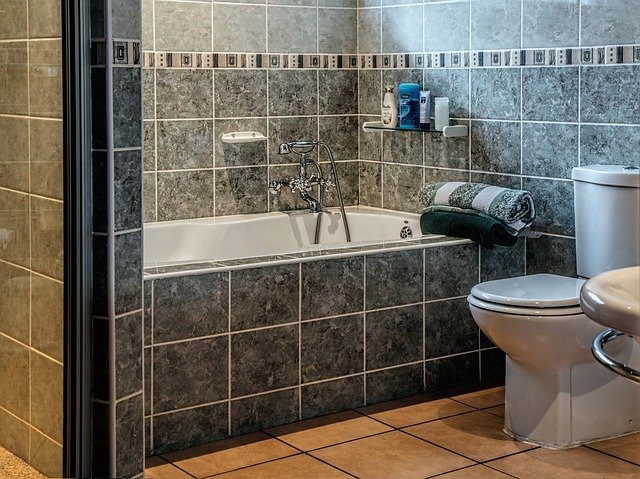A group of South African scientists are using fecal matter to detect and track hotspots for COVID-19. Based at the GreenHill Laboratories in Hilton, which is the same area the country’s very first COVID-19 case was reported, the scientists have been using fecal matter to detect the presence of SARS-CoV-2 ribonucleic acid (RNA).
As reported by News24, the lab believes this method indicates that South Africa is capable of using this form of testing, and samples do not then have to be sent to other countries.
“The process involves taking bulk, composite samples through to a laboratory capable of meeting the needs of clients in both the public and private sectors,” scientist Dr Shaun Groenink told News24.
The process of testing for COVID-19 via fecal matter and detecting hotspots was first born after Professor Anthony Turton from the University of the Free State and Amanzi-4-All first approached GreenHill Laboratories in mid-June.
The process makes use of samples extracted from the inlet of waste treatment works, over a 24-hour period.
“They approached us [when] they were in discussion with the Dutch Water Research Institute about using an approach they had developed over there and implementing it in SA. As part of the protocol, they needed a lab to do the actual testing of the RNA. They approached us and then we said let’s try it, and presto, here we are,” Groenink said.
“This is done so you get a full representative and statistically relevant sample from that community that is being served by that treatment works. If you just take a grab sample, it depends on the time of day and how often people are using ablutions. So, you need to take a sample over 24 hours to get a proper representative sample. That sample is then transported to us. When we receive it, we concentrate the viral particles, if there are any, and then we extract the viral RNA.”
The process makes use of samples extracted from the inlet of waste treatment works, over a 24-hour period.
“Unfortunately, a lot of our treatment works are not quite up to scratch so ideally, we would know the flow rate that going through that inlet throughout the 24 hours. Then based on that information, you can then work out how much you’ve sampled from the actual community.”
According to Groenink, if this information was revealed, many other variables could be worked out.
“Based on the population size of that community, then work out the average viral load across the community. But because we were able to quantify it relatively, so taking the same samples every week, you can track if the viral load is increasing, decreasing or staying the same in a particular community.”
Picture: Pixabay






